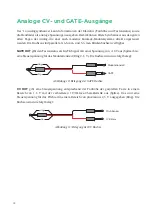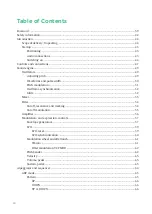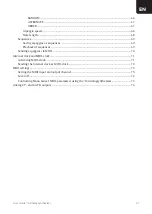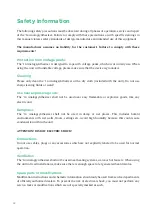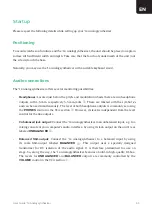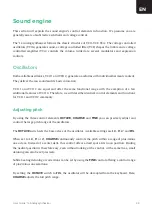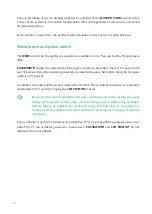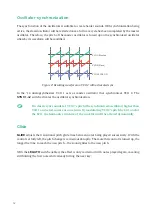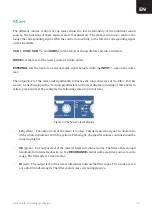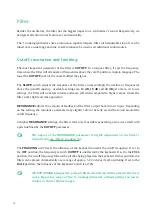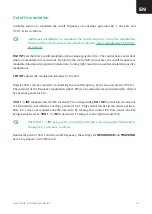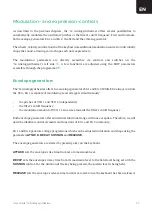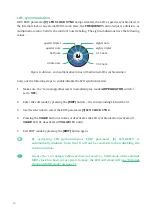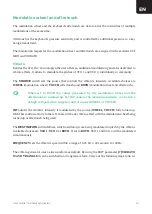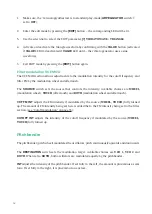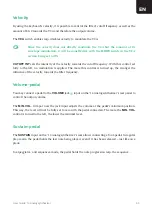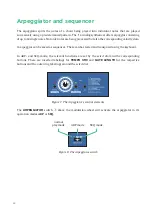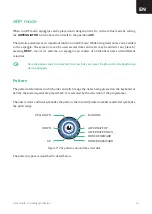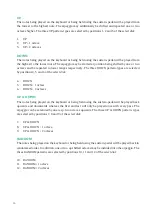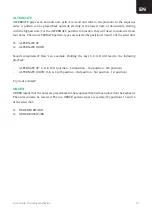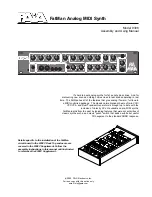
52
Oscillator-synchronization
The sync function of the oscillators is suitable to create harder sounds. With synchronization being
active, the slaved oscillator will be restarted once a full wave cycle has been completed by the master
oscillator. Therefore, the pitch of the master oscillator is forced upon the synchronized oscillator
whereby its waveform will be modified.
Figure 2:
VCO 1 (Master)
VCO 2 (Slave)
VCO 2 SYNC ON
Resulting waveform on VCO 2 with actiavated sync
In the ’14 Analogsynthesizer VCO 1 acts as master oscillator that synchronizes VCO 2. The
SYNC 1->2
switch activates the oscillator synchronization.
H
For classic sync sounds set VCO 2’s pitch (the synchronized oscillator) higher than
VCO 1 and select square as waveform. By modulating VCO 2’s pitch by EG 1 and/or
the LFO, the harmonic structure of the waveform will be altered dynamically.
Glide
GLIDE
adjusts the transitional pitch glide time between notes being played successively. With the
control set fully left, the pitch change is carried out abruptly. The more this control is turned up, the
longer the time to reach the new pitch – the sound glides to the new pitch.
With the
LEGATO
switch enabled, the effect is only carried out with notes played legato, meaning
still holding the first note while already hitting the next key.

